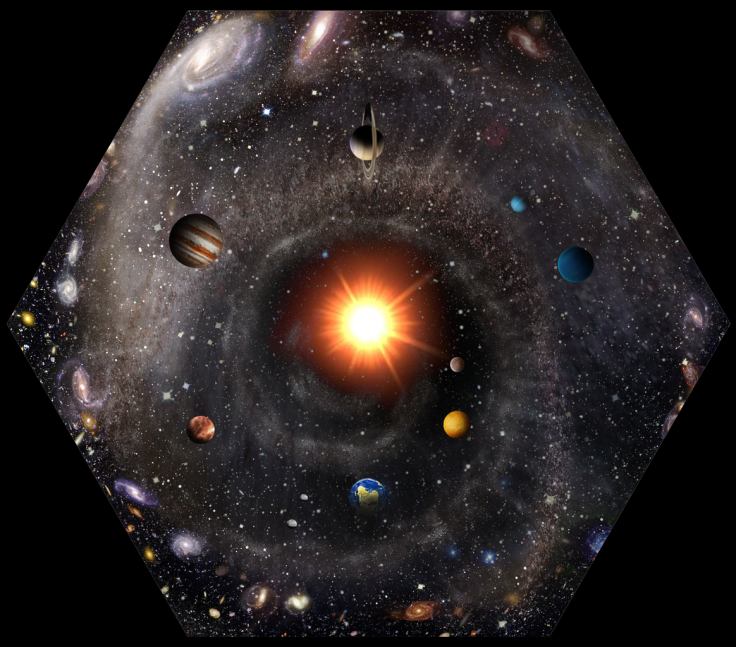New study claims interstellar Oumuamua is hydrogen iceberg floating in system
The mysterious object will reportedly travel another 10,000 years before exiting our system.
The first known interstellar object "Oumuamua" discovered in the year 2017 continues to be a mystery to the researchers and determining why this outlandish object remains an unnerving task for the scientists. However, a new study suggests that it might be a huge hydrogen iceberg floating through the solar system.
Two researchers from the University of Chicago and Yale University claim that might be entirely made up of hydrogen ice. What makes it strange is that hydrogen the most abundantly found element is rarely seen in a solid form like this.
"We developed a theory that explains all of 'Oumuamua's weird properties," co-author Gregory Laughlin, a professor of astronomy at Yale's Faculty of Arts and Sciences said in a news statement. "We show that it was likely composed of hydrogen ice. This is a new type of object, but it looks like there may be many more of them showing up, going forward."
The strange-looking visiting celestial object was first discovered three years ago in our solar system on Oct. 19, 2017, by the University of Hawaii's Pan-STARRS1 telescope, funded by NASA's Near-Earth Object Observations (NEOO) Program. Originally, Oumuamua was classified as a comet at first and later as asteroid. However, scientists are still trying to figure out the class it belongs to.
Named after Hawaiian word for "scout," it will reportedly travel another 10,000 years before exiting our system. Over the years, scientists have observed several strange characteristics displayed by the object such as its confusing shape. Sometimes it appears saucer-shaped and other times it is cigar-shaped. It varies rapidly in brightness and has also shown signs of acceleration similar to any comet.
As "Oumuamua passed close to the Sun and received its warmth, melting hydrogen would have rapidly boiled off the icy surface," Laughlin explains, "providing the observed acceleration and also winnowing 'Oumuamua down to its weird, elongated shape — much as a bar of soap becomes a thin sliver after many uses in the shower."
As per the theory, these hydrogen icebergs can be found in dense cores of molecular clouds of our system and can help researchers understand how stars and new planetary systems are formed.
"Their presence would be an accurate probe of the conditions in the dark recesses of star-forming clouds and provide a critical new clue for understanding the earliest phases of the still-mysterious processes that generate the birth of stars and their accompanying planets," Laughlin said.

The study has been accepted by the Astrophysical Journal Letters and appears on the preprint website arXiv.
© Copyright IBTimes 2025. All rights reserved.





















